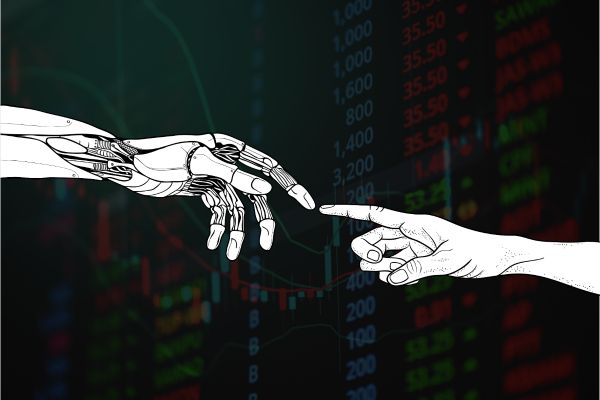
Automated trading became more common as artificial intelligence (AI) technology advanced. The abundance of readily available trading robots has also contributed to automated trading’s rising popularity.
However, automated trading still has its fair share of detractors arguing that human-controlled or manual trading is the way to go.
In this article, we’ll explore
- the differences between manual and automated trading
- the two trading methods’ pros and cons
- how you can increase your trading profits through automation
Ready to learn? Read on below!
What Is Manual Trading?
As the term implies, manual trading is the practice of trading without relying on computer programs to manage or execute trades on your behalf.
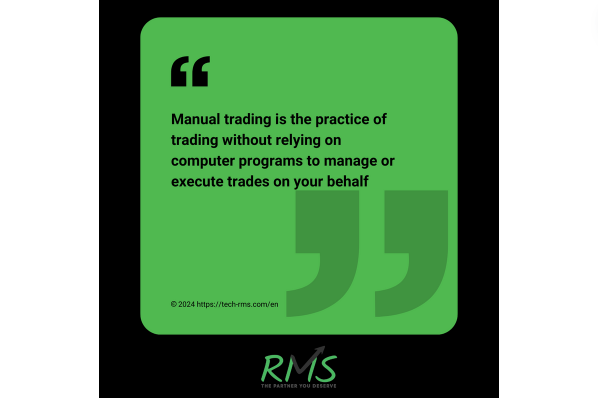
Manual traders decide for themselves the best entry and exit points and when to buy and sell assets. Once they’ve determined these, they will place the orders through market or pending orders.
These traders also scan and analyze market conditions without using signal-generating robots.
Simply put, you do the legwork in manual trading.
What Is Automated Trading?
In contrast with manual trading, automated trading relies on automated trading systems (ATS) that use complex algorithms and pre-defined parameters.
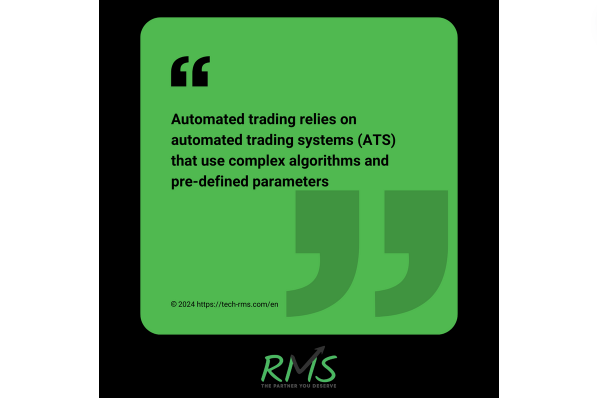
An ATS is essentially a computer program that can manage and execute trades on your behalf. In this type of trading, the ATS (sometimes called a trading robot) will manage your trades depending on pre-determined rules.
Automated traders delegate the decision-making process to automated trading software. The software, which traders integrate into their broker’s trading platform, scans and analyzes current market conditions and executes trades based on pre-determined criteria.
Automated Trading vs. Manual Trading
Both manual and automated trading come with their own sets of advantages and disadvantages.Let’s look at each type of trading’s pros and cons.
Automated Trading Advantages
Many traders prefer using automated trading because of the advantages it offers.Below are some of these benefits.
Removes Human Biases
Humans are prone to letting their emotions or gut instincts get the better of them. These emotional and cognitive biases can adversely affect their decision-making skills.Using trading robots can help minimize the impact of human biases on your trades. Automated trading programs have no emotions and thus don’t succumb to greed, fear, or overconfidence.
Preserves Trading Discipline
Because it helps remove human biases, automating your trades can help you maintain discipline regardless of market conditions.Automated trading programs will follow your pre-programmed instructions and manage and execute trades based on your pre-set rules.
This prevents you from becoming a victim of overconfidence when you’re winning or overcautiousness when you’re losing.
Improves Trading Speed
Trading robots can analyze hundreds of thousands of market data more than their human counterparts in less time. These automated trading programs can also execute trades significantly faster than a human trader.Owing to their superior market monitoring capabilities, trading robots can react to even the smallest market movements much faster than a humans. This makes them a perfect tool if you’re a scalp or high-frequency trader.
Automated Trading Disadvantages
Despite their popularity, there are still drawbacks to using automated trading programs.These disadvantages are listed below.
Requires Technical Knowledge
Shifting from manual to automated trading requires a degree of technical savvy in trading and coding.Since you’re feeding the automated trading program instructions for what you want it to do, you need a solid understanding of the market where you’re trading. Without it, you’re likely creating trading software programmed to fail.
You can always hire a professional trader and programmer to create an ATS for you. However, the initial setup cost – and the following ones for future updates and tweaks – can far outweigh the gains you’ll make.
Vulnerable to Mechanical Failures
As a computer program, trading robots are susceptible to mechanical failures.There is always the possibility of internet outages, power interruptions, or technical problems that manual traders seldom have to deal with.
Automation Does Not Guarantee Success
You can program your trading robot to execute trading strategies that have worked countless times in the past. However, it doesn’t guarantee that these strategies will work 100% of the time.Markets are subject to constant fluctuations, volatility, and trend changes. This means that no single strategy will work every time just because you have a robot do it for you.
Manual Trading Advantages
Here are the advantages you can gain from manual trading.Gain More Market Familiarity
Manual traders become more familiar with the markets they trade in, the tools they use, and the different strategies they employ.As they are more immersed in the market than their auto-trading counterparts, manual traders have a better and more nuanced “feel” of markets.
Have More Control Over Your Trades
Manual trading gives you more control over your trades. You have the freedom to deviate from or tweak your strategies according to what you think will work best.This is something that isn’t possible with automated trades, as computer programs follow predetermined rules and parameters to the letter.
Know Which Works for You
Manual trading can help you determine which strategies work for you and which don’t.Through trial and error, you can learn how and why a particular strategy does or doesn’t work and devise a way to improve it.
Manual Trading Disadvantages
Below are some of the drawbacks of manual trading.It Takes Time
Manual trading requires constant market monitoring, which is time-consuming and unsuitable for traders with limited time to devote to trading.Limited Scalability
The physical and mental limitations of human traders limit manual trades. This restricts the scalability of manual trading compared to automated trading.Prone to Human Bias
Unlike automated trading, which relies on computer programs, human traders execute manual trades.This means that manual trades are vulnerable to human biases.
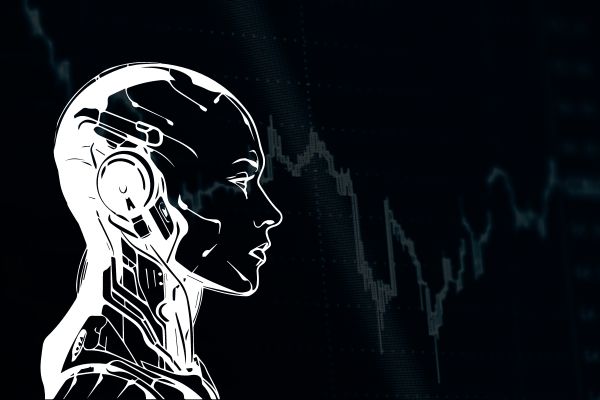
How to Increase Your Profits Through Automated Trading
You now know that automated trades are much faster and generally more efficient than manual trades. The question now is: How does automated trading increase your profits?
Below are the answers.
1. Algorithm Optimization
Optimizing your automated trading program’s algorithms involves tweaking the parameters and mathematical formulas that dictate how it works.There are several ways to improve your trading robot’s overall performance (and subsequently improve your profits), including:
- Experimenting with your automated trading program’s parameters
- Constant back- and forward testing
- Implementing adaptive strategies that will help your ATS adjust to changing market conditions
2. Improved Risk Management
You can cut back your trading losses by improving your risk management strategies through automation.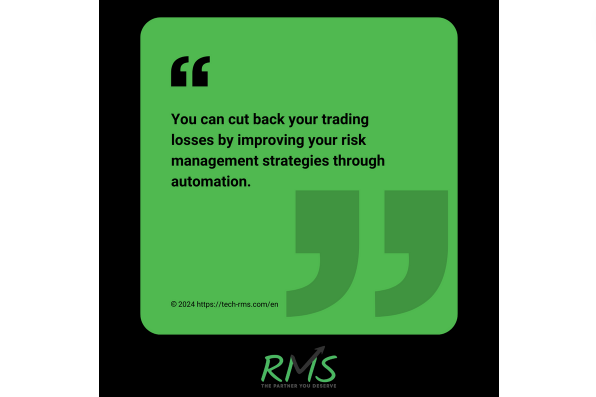
Some actions you can automate include:
- Position sizing
- Setting stop-loss orders
- Setting take profit orders
- Setting risk-reward ratio
3. Backtesting
Backtesting lets you test the effectiveness of your trading strategies by using them on past market movements.Doing so will help you identify your strategies’ strengths and find areas of improvement. Backtesting also helps you assess how your strategies would have fared under different market conditions.
4. Optimal Execution
Trading robots have superior order execution speeds. Automation can minimize slippage and ensure the optimal execution of your trades.This lets you make more out of favorable market conditions and minimize the impact of unfavorable ones.
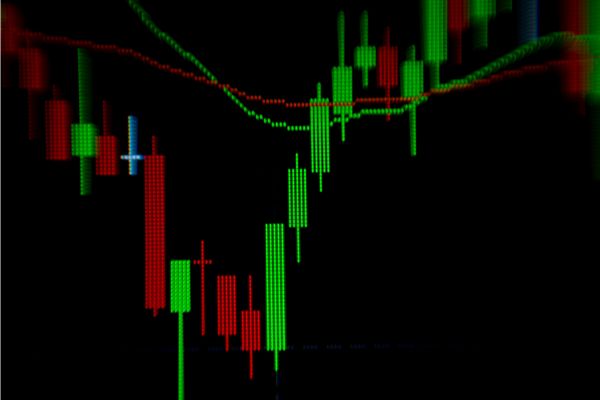
How Do You Automate Your Trades?
Automating your trades requires you to have a strong grasp of trading and computer programming concepts.
Knowledge in these areas is necessary to ensure your automated trading program will work as you intended.
Conversely, you can purchase trading robots from other traders and learn how to operate them. However, buying automated trading programs from other people should be done only after a thorough investigation of the vendor.
Many traders and brokers sell falsely advertised trading robots. As a trader, it is your responsibility to conduct due diligence before making a purchase.
If you’re looking for a trading robot you can trust, try Tech-RMS’ TradeBot. With this AI-powered trading software, you can stay on top of even the most dynamic market conditions.
